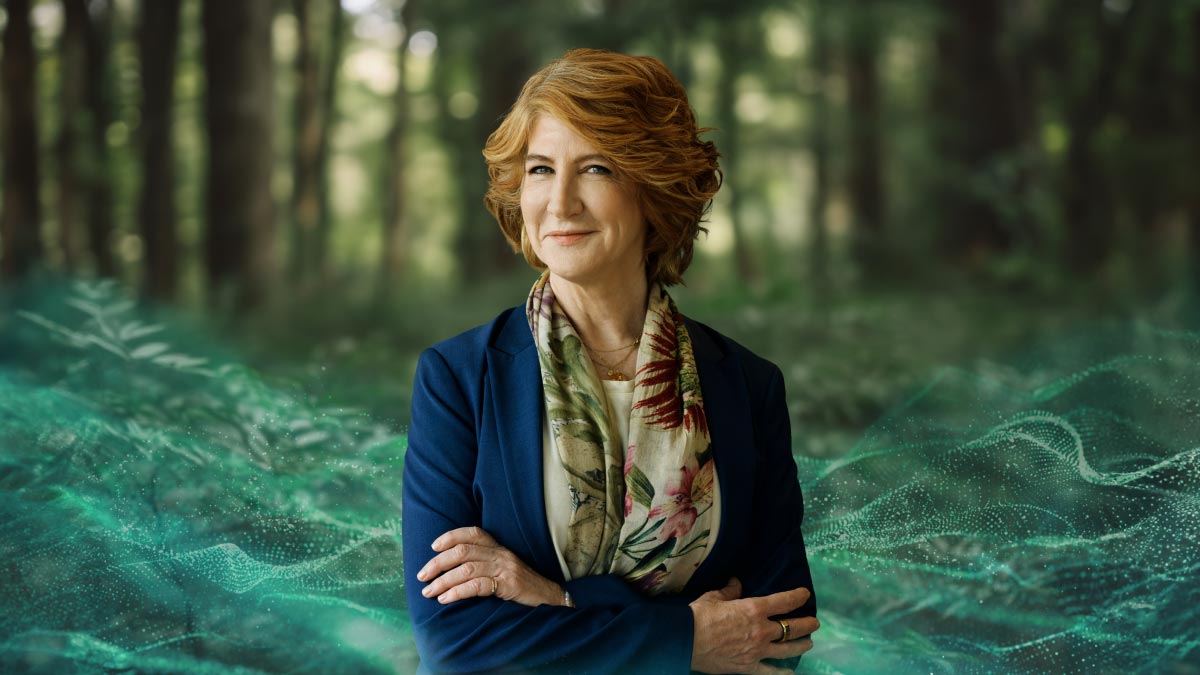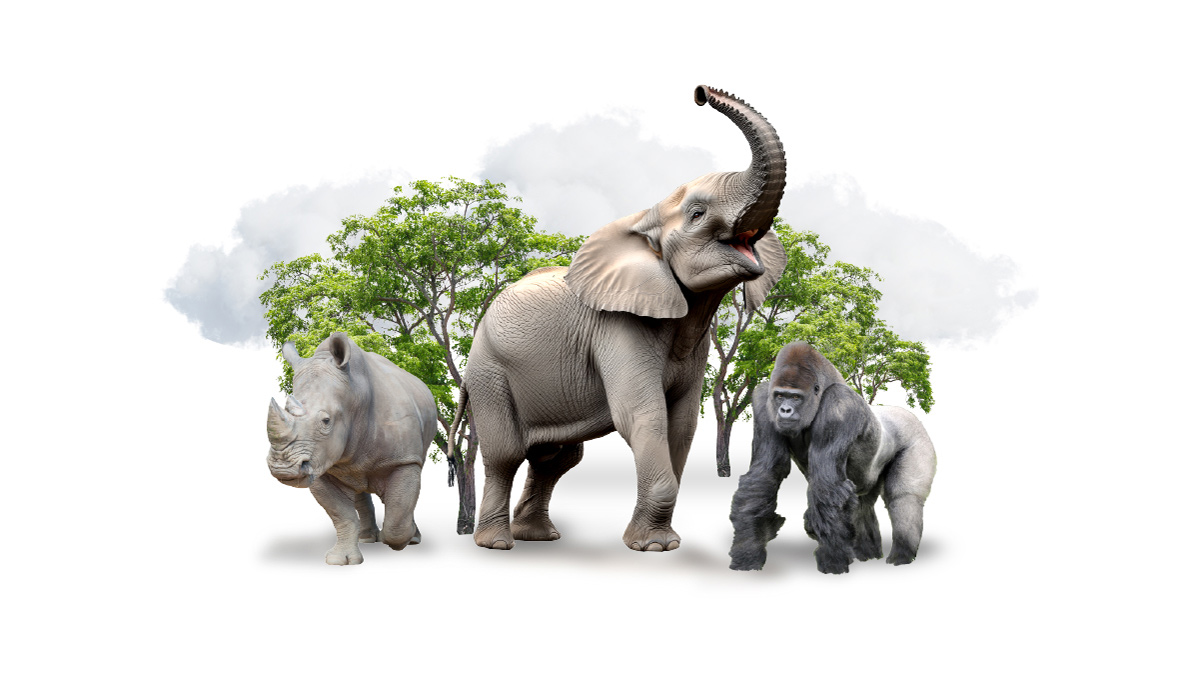In 2021, the Cisco Foundation pledged $100 million over 10 years to combat climate change. The pledge reflects a sweeping, global effort to support some of the most promising startups and non-profits in their search for solutions to this profound challenge. And as droughts, floods, and migrant crises increase in severity, its importance continues to grow.
To learn more about this critical contribution to climate innovation — what it’s accomplished, and where it’s going — we caught up with Mary de Wysocki, Cisco’s chief sustainability officer.
Thank you, Mary! That $100 million pledge represented a very serious commitment on the Cisco Foundation’s part. What were some of the overarching reasons behind it?
Thank you, Kevin, and thank you for having me here today. Cisco's purpose is to power an inclusive future, and that is impossible without a healthy planet. And climate change is the crisis of our lifetime, one that really no company or country or person can solve alone. I'd also point out that 2023 was the warmest year ever recorded in human history. And we know that if we don't limit global temperature rise to less than 1.5 degrees Celsius, we're going to face dramatic consequences.
So, a sense of urgency is driving the commitment.
Yes, what we do today will be critical for future generations. And despite the urgency, less than 2 percent of total philanthropic dollars goes toward addressing climate change. So, there's just not enough investment. At Cisco, we know you need to invest early to support climate solutions. And the Cisco Foundation’s pledge is an important foundational step in that direction. Otherwise, there isn't enough capital for those innovations to incubate and scale.
Other than those early-stage ideas, what are some qualities the Cisco Foundation looks for in a non-profit or startup?
It is really important to look at the intersectionality. The people that are most impacted are often those in underserved communities. Those communities are facing a lack of access to healthcare, to education, and are on the wrong side of the digital divide. Nonprofits are often great at supporting communities as they think about climate education, engagement, creating market demand, or developing proofs of concept. Whereas investments in for-profit companies and climate impact funds provide capital for that critical growth period that allows us not only to identify their innovations but scale them as well. With the climate commitment combining both the grant-making side and impact investing, the Cisco Foundation is helping to create the conditions for the community to build the human capital, while establishing the financial mechanisms to realize new for-profit opportunities.
Creating a sustainable economic model for communities is so important, isn’t it?
Yes, it's critical to create the capabilities for these communities to thrive as they go through these big transitions. That means addressing the basic needs, housing, food, health, the human capital, the talent needed, the digital access, all of that coming together.
I know there are many Cisco Foundation success stories. Perhaps you could focus on a few that stand out.
One good example is its investment in an organization called Vesta. They've developed a process that enhances the ocean’s natural ability to sequester and permanently store carbon dioxide using a mineral called olivine. Based on lab tests, it promises to absorb gigatons of carbon. So, the Cisco Foundation has been supporting Vesta in testing in real-world environments, taking that proven lab experiment into actual field trials.
It's an example of how we help our nonprofits take their ideas from pilot to scale, while also adding the ability to measure positive outcomes in a very transparent, reportable way.
I’ve heard you speak about Canopy as well.
Yes, that’s another good example. They are working to protect the world’s forests by providing commercial alternatives to wood pulp for paper, packaging, and wood-based textile products like Rayon. There are more than 3 billion trees logged annually to just make that textile and packaging. Canopy partners with hundreds of worldwide brands, and it's accelerating the commercial use of next-generation alternatives to materials that are derived from trees.
The Amazon rainforest is a big concern. Any projects to highlight there?
Again, there are a number of them. But I’ll mention Kara Solar. We've all seen or read stories about how critical protecting the Amazon and other tropical forests is to reducing some of the worst impacts of climate change. And by creating solar-powered river transportation, Kara Solar allows Indigenous communities to compete in new forms of economies. It also reduces the need to build roads that create deforestation. So, it’s a great way to provide not only economic opportunity, which is critical, but reduce the deforestation of the Amazon and other tropical forests.
The concept of regeneration is a key focus for Cisco and the Foundation's portfolio. How is Cisco supporting it?
Regeneration is really a mindset shift. Moving away from “do no harm” or “let's sustain” into helping to build the capacity, the capability of our social and our environmental systems to heal and thrive. It's taking a holistic-solution approach and recognizing that there is a complex relationship between humanity and nature. We can rebuild the connectivity between these systems and at the same time integrate social equity and economic opportunities as we create climate solutions.
It's a great model for the future. Speaking of which, we have some big challenges; how optimistic are you about that future?
I'm optimistic, but I'm also a realist. It's going to take a lot of work, a lot of partnerships. Public/private sector partnerships will be especially critical. It's going to take a lot of imagination and investment in those ideas that help us move forward. And as we think about what 2024 looks like and beyond, it’s critical that we drive meaningful, measurable action, and we can only do that together.
But if we work in a very collaborative way that is grounded in measurable evaluation and evidence, I think we can mitigate the worst outcomes of climate change — and build communities in which we all live, work, and create that inclusive future that we are hoping for.





